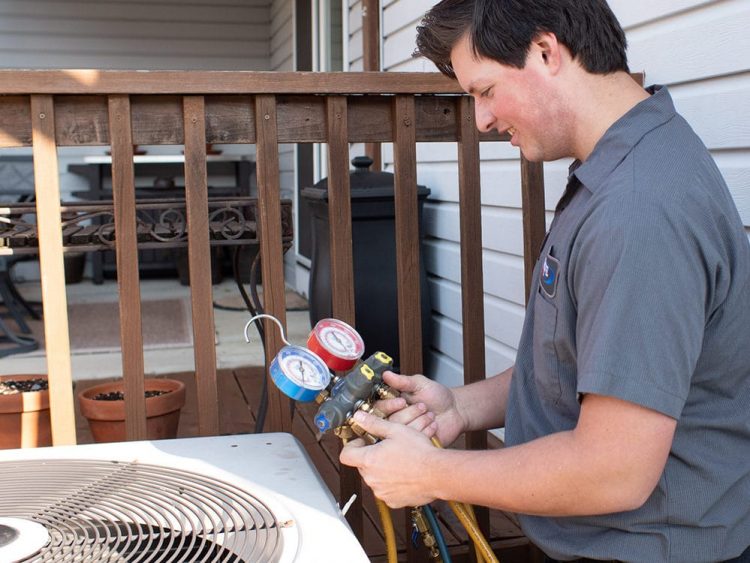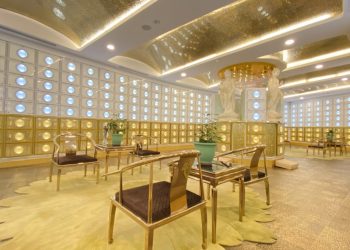Introduction:
Heating and cooling systems play a vital role in maintaining comfortable indoor environments, regardless of the external weather conditions. With a plethora of options available, ranging from traditional furnaces to modern heat pumps and geothermal systems, choosing the right system for your home or business can be a daunting task. In this article, we will explore various heating and cooling systems, their functionalities, benefits, and considerations to help you make an informed decision.
1. Furnaces:
Furnaces are one of the most common heating systems found in homes across the globe. Typically powered by natural gas, propane, or electricity, furnaces distribute heated air through ductwork to various rooms. They offer quick and efficient heating, making them a popular choice for colder climates. However, they require regular maintenance and may lead to dry indoor air.
2. Heat Pumps:
Heat pumps are versatile systems capable of providing both heating and cooling functions. They work by transferring heat between the indoor and outdoor environments, using refrigerant and compressor technology. Heat pumps are energy-efficient and environmentally friendly, making them an attractive option for sustainable heating and cooling solutions.
3. Radiant Heating:
Radiant heating systems utilize heating elements installed beneath floors, within walls, or in ceilings to radiate heat directly to objects and people in a room. This method of heating offers consistent warmth and eliminates the need for ductwork, reducing energy loss. Radiant heating is often favored for its comfort and efficiency, particularly in areas with cold winters.
4. Geothermal Heating and Cooling:
Geothermal systems harness the stable temperature of the earth to provide heating and cooling for residential and commercial spaces. By circulating water through underground loops, geothermal heat pumps extract heat in the winter and dissipate heat in the summer. While installation costs can be higher, geothermal systems offer significant long-term energy savings and environmental benefits.
5. Ductless Mini-Split Systems:
Ductless mini-split systems offer a flexible solution for heating and cooling individual rooms or zones within a building. These systems consist of an outdoor compressor unit and one or more indoor air-handling units connected by refrigerant lines. Ductless mini-splits are energy-efficient, easy to install, and allow for personalized temperature control in different areas of a property.
Grove Heating and Cooling
When it comes to selecting, installing, or maintaining heating and cooling systems, it’s crucial to work with trusted professionals who understand your specific needs and provide reliable solutions. Grove Heating and Cooling stands out as a top choice for their expertise, professionalism, and dedication to customer satisfaction. With years of experience in the industry, Grove Heating and Cooling offers a comprehensive range of services, including installation, repair, and maintenance of various heating and cooling systems. Whether you’re considering upgrading to a more efficient system or need prompt assistance with a malfunctioning unit, you can trust Grove Heating and Cooling to deliver exceptional results. Contact them today for all your heating and cooling needs.
Conclusion:
From traditional furnaces to innovative geothermal systems, the world of heating and cooling offers a diverse array of options to suit every preference and budget. By understanding the functionalities, benefits, and considerations of different systems, you can make an informed decision that aligns with your specific requirements. Remember to consult with reputable specialists like Grove Heating and Cooling to ensure the optimal performance and longevity of your heating and cooling systems.









